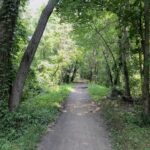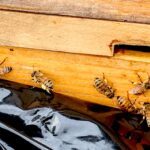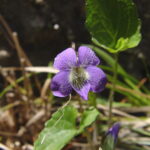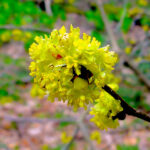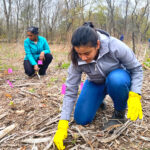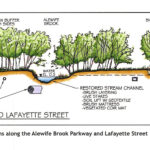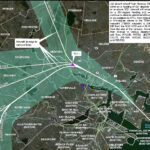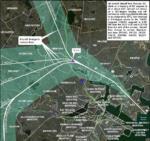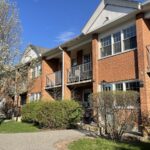
By the Belmont Housing Authority Board of Commissioners In 2018, Belmont Housing Authority (BHA) was awarded Community Preservation Act (CPA) funding by the town of Belmont to embark on an ambitious project: planning for the modernization of its Sherman Gardens apartment community. Situated between Sycamore Street and Thayer Road in Waverley Square, the 80-unit state-funded public housing community has provided critical shelter for seniors and persons with disabilities since 1971. After more than 50 years without a major renovation, the apartments are now expensive, difficult to maintain, and energy inefficient. Designed 20 years before the Americans with Disabilities Act was [READ MORE]


